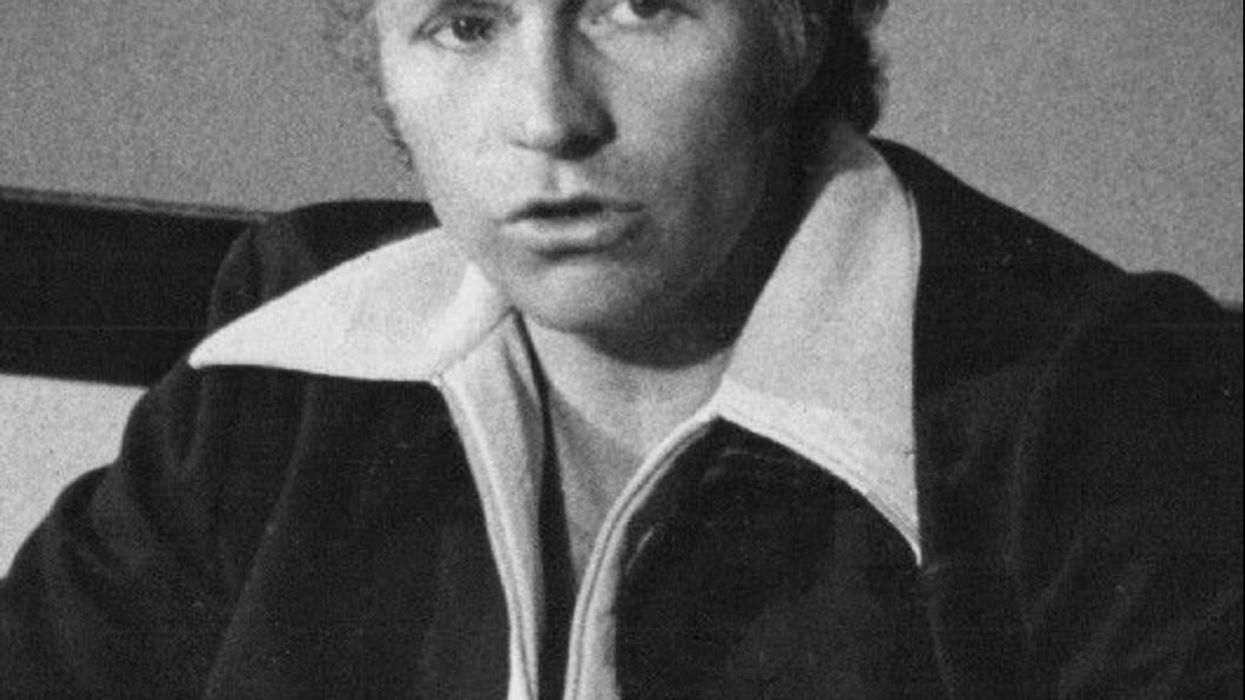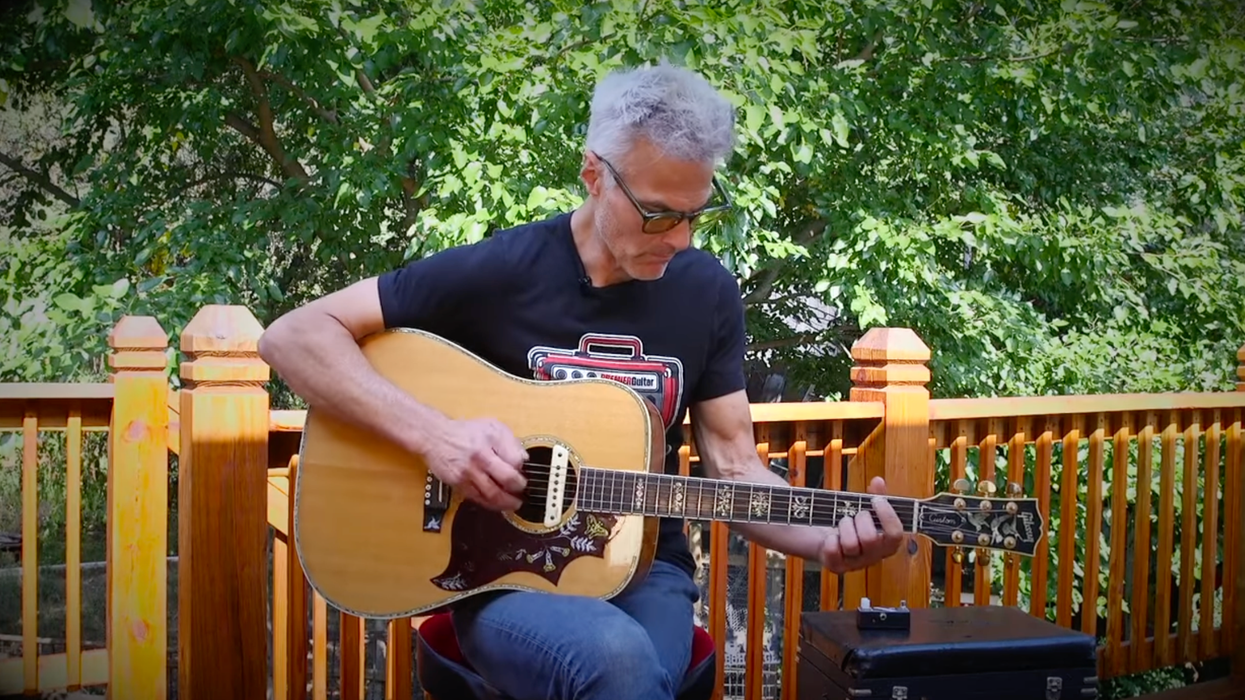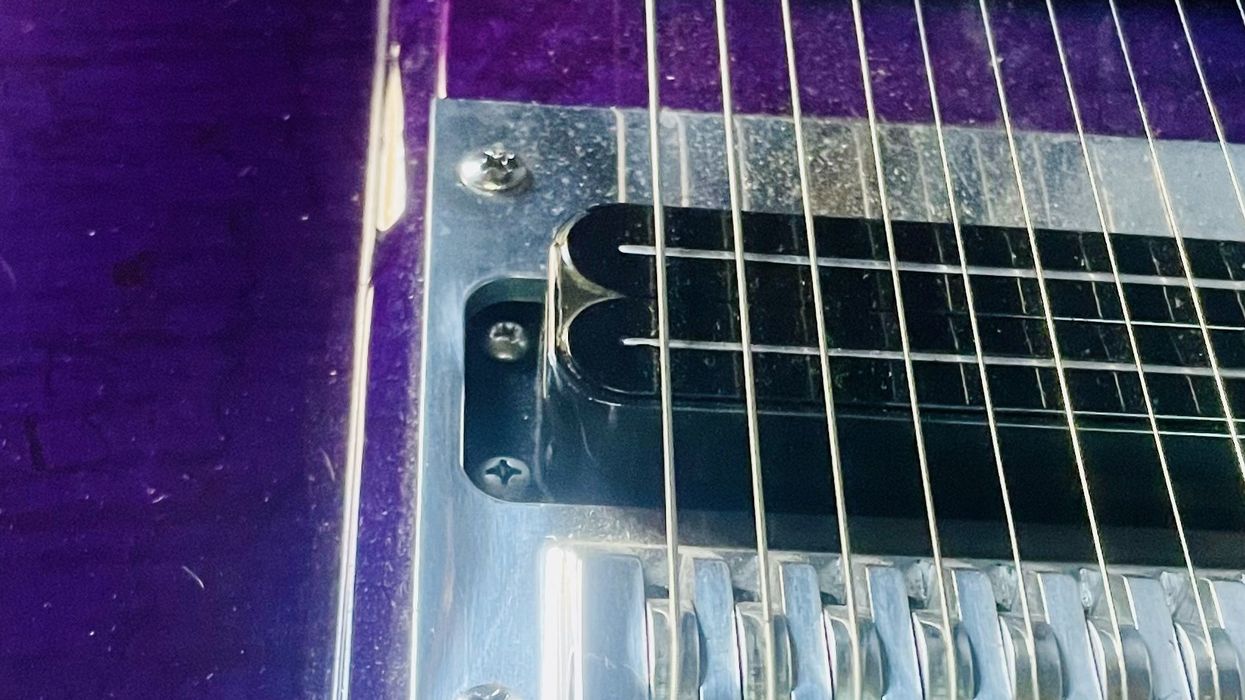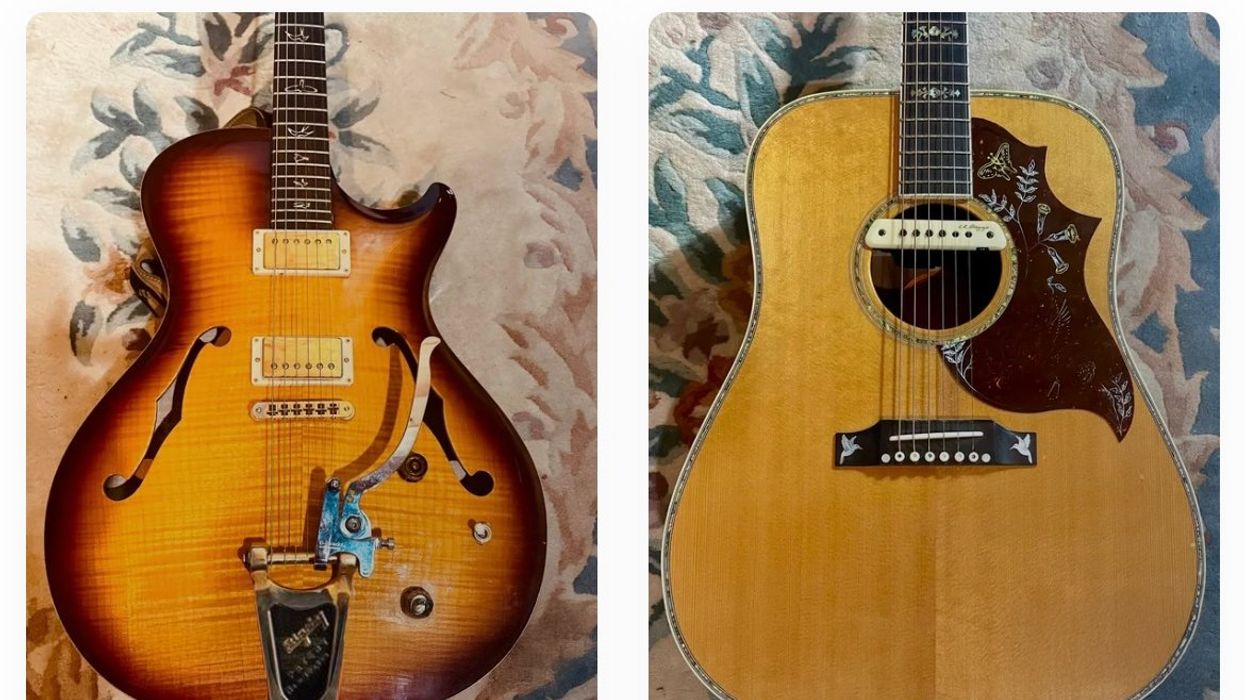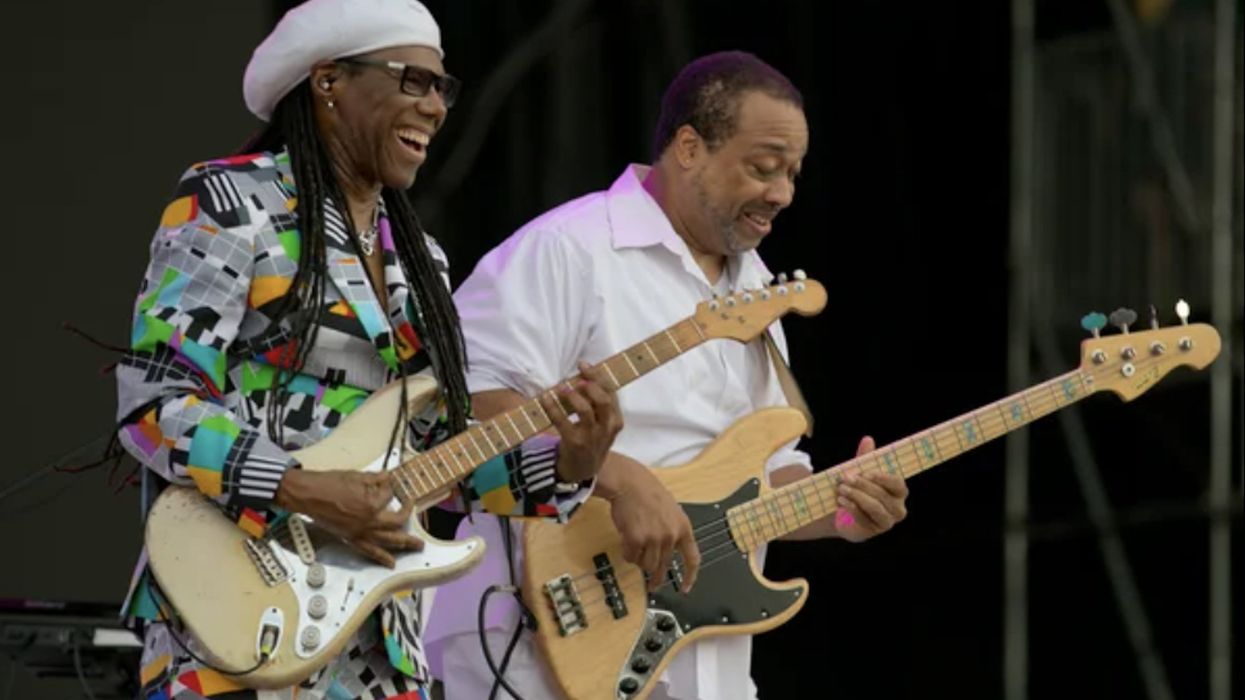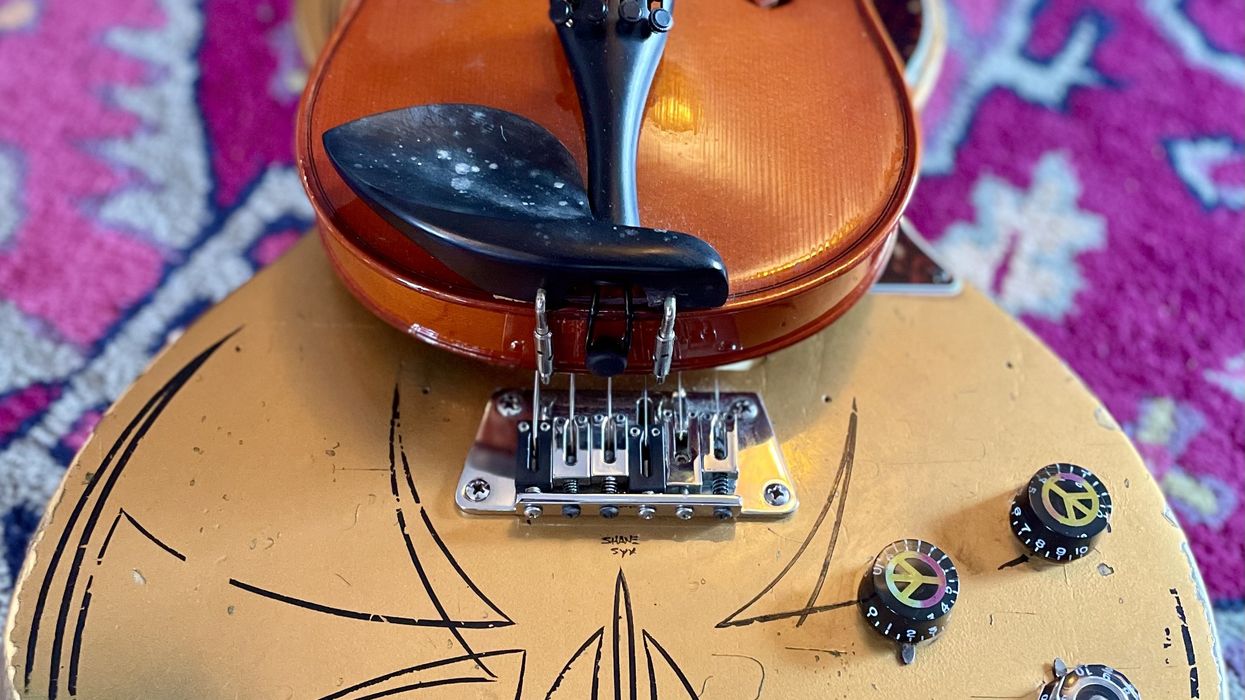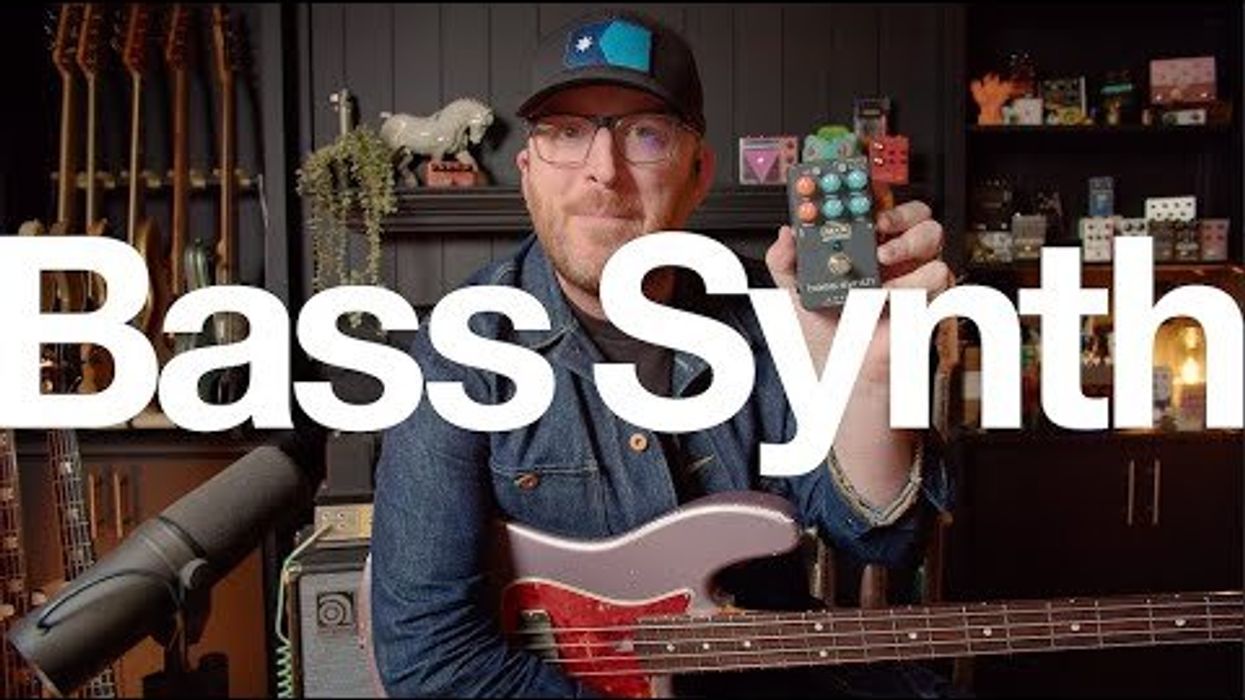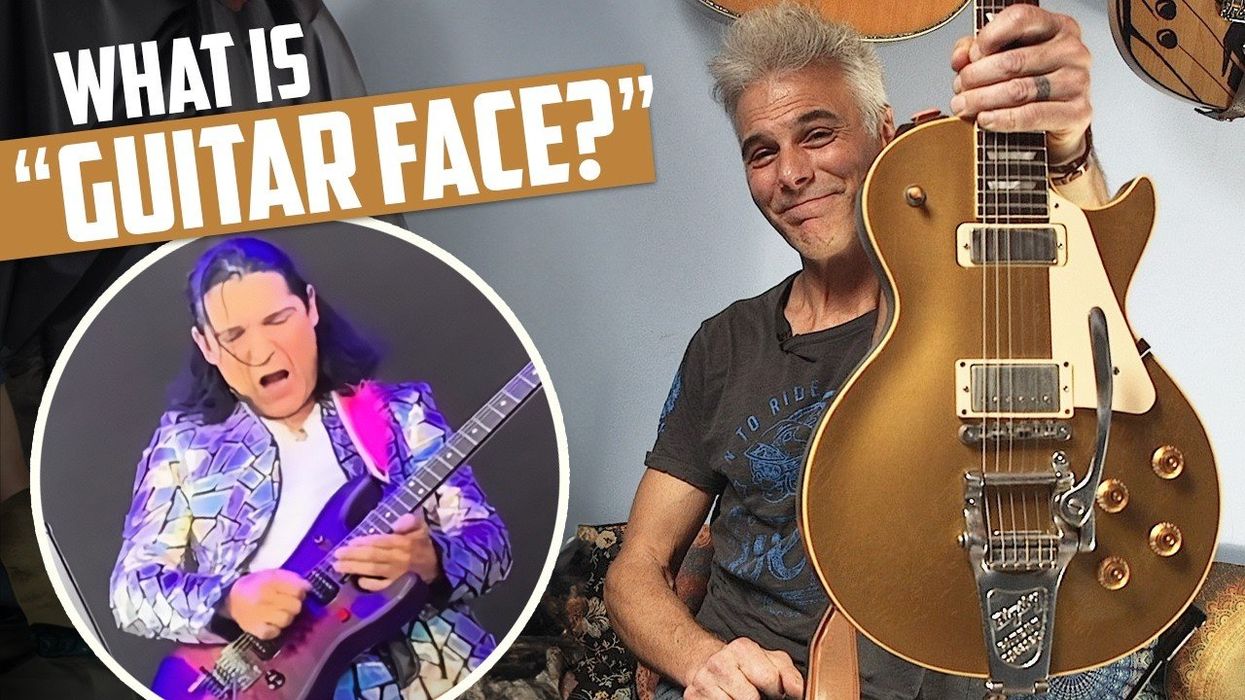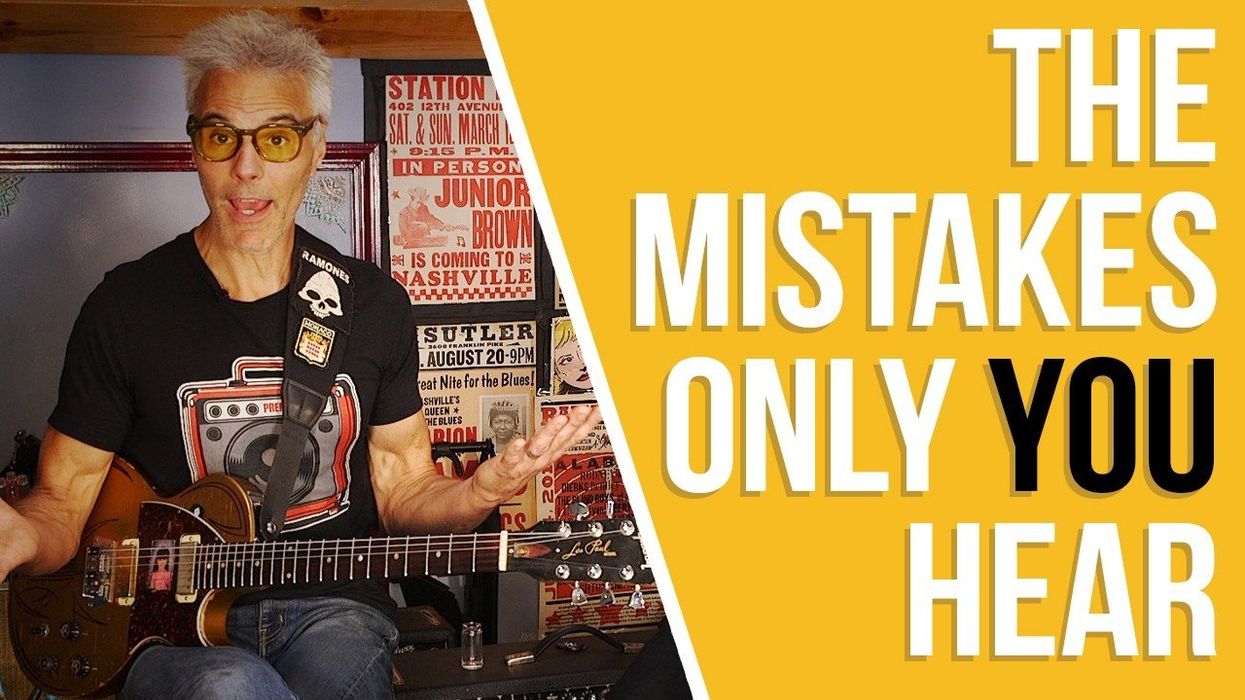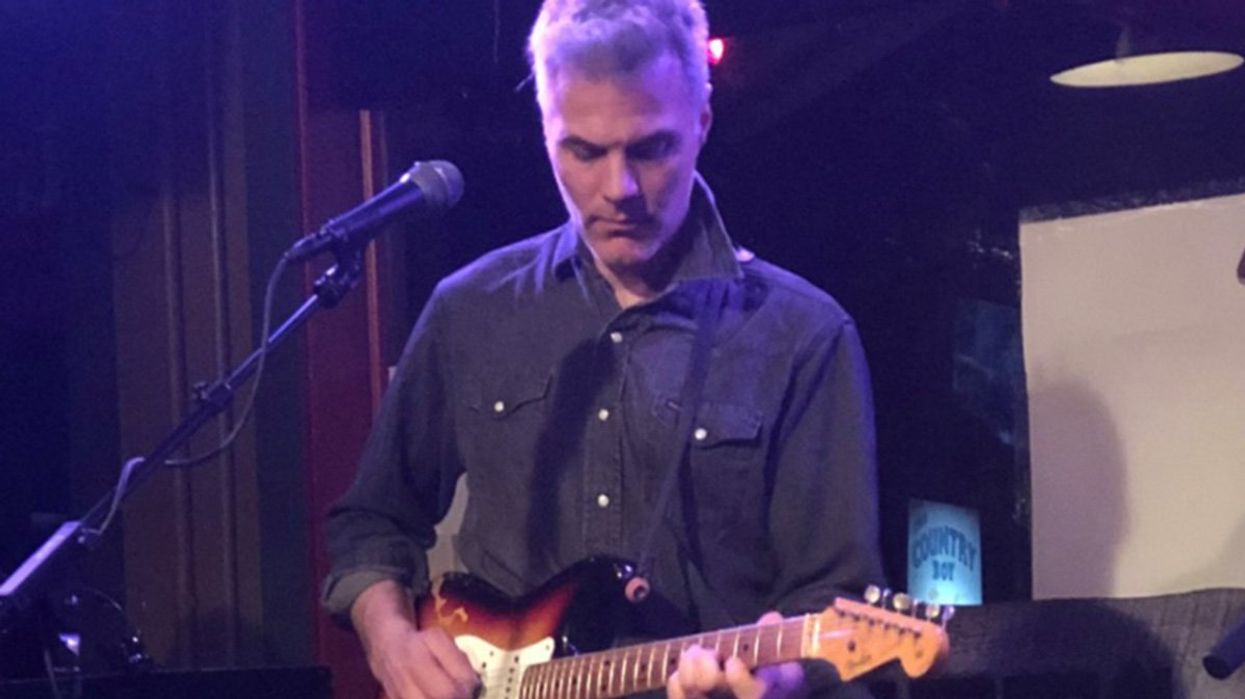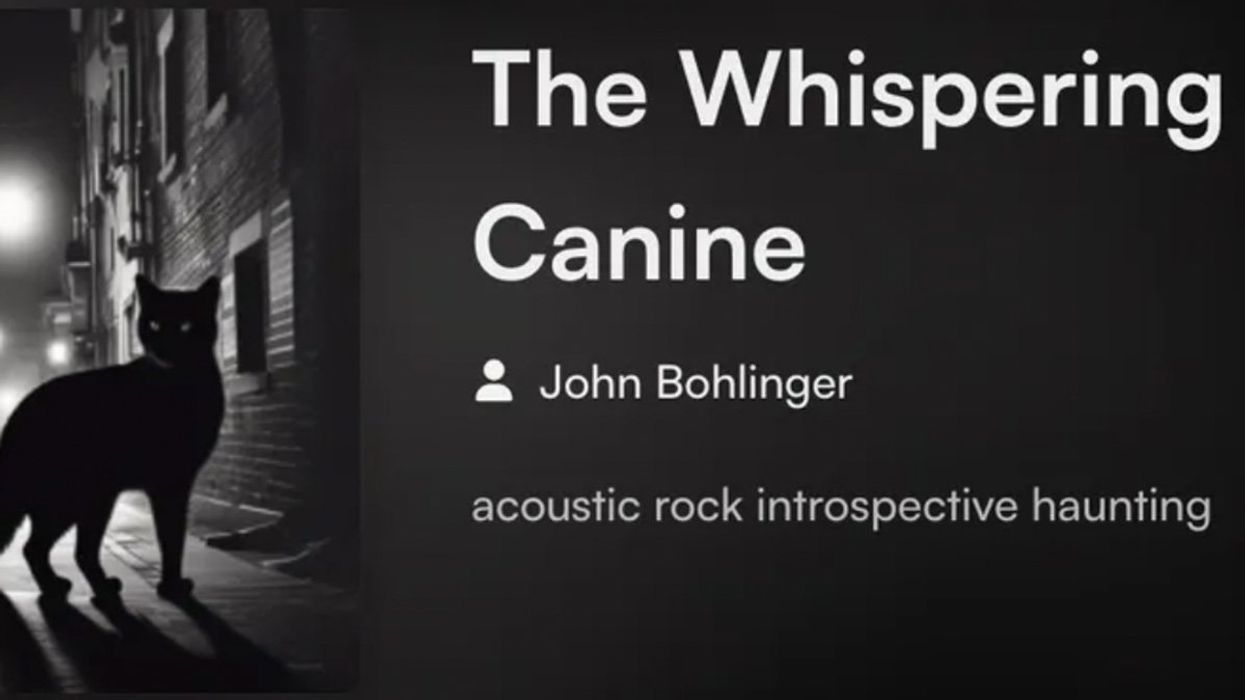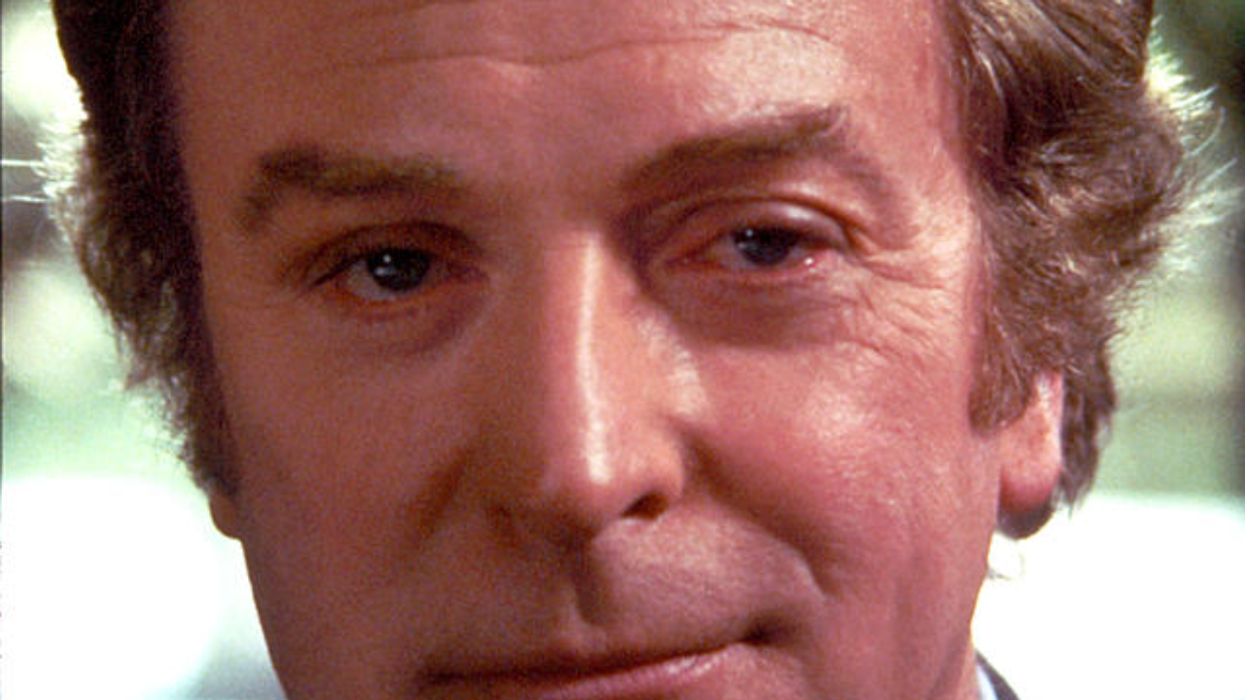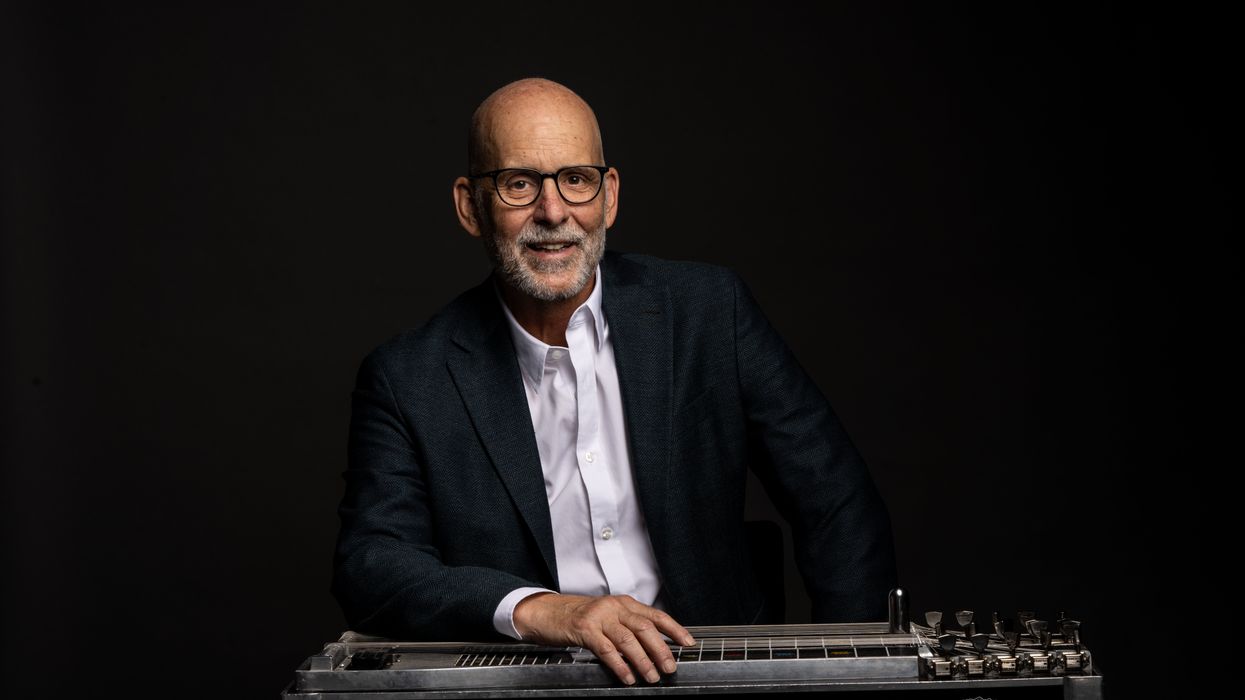Search
Latest Stories
Start your day right!
Get latest updates and insights delivered to your inbox.
Last Call
In his monthly Last Call blog, Nashville-based guitarist John Bohlinger muses on life as a working musician, connecting to music on a deeper level, and surviving touring. Great insights delivered with humor—just what we all need on a regular basis.
Don’t Miss Out
Get the latest updates and insights delivered to your inbox.
Popular
Recent
load more
